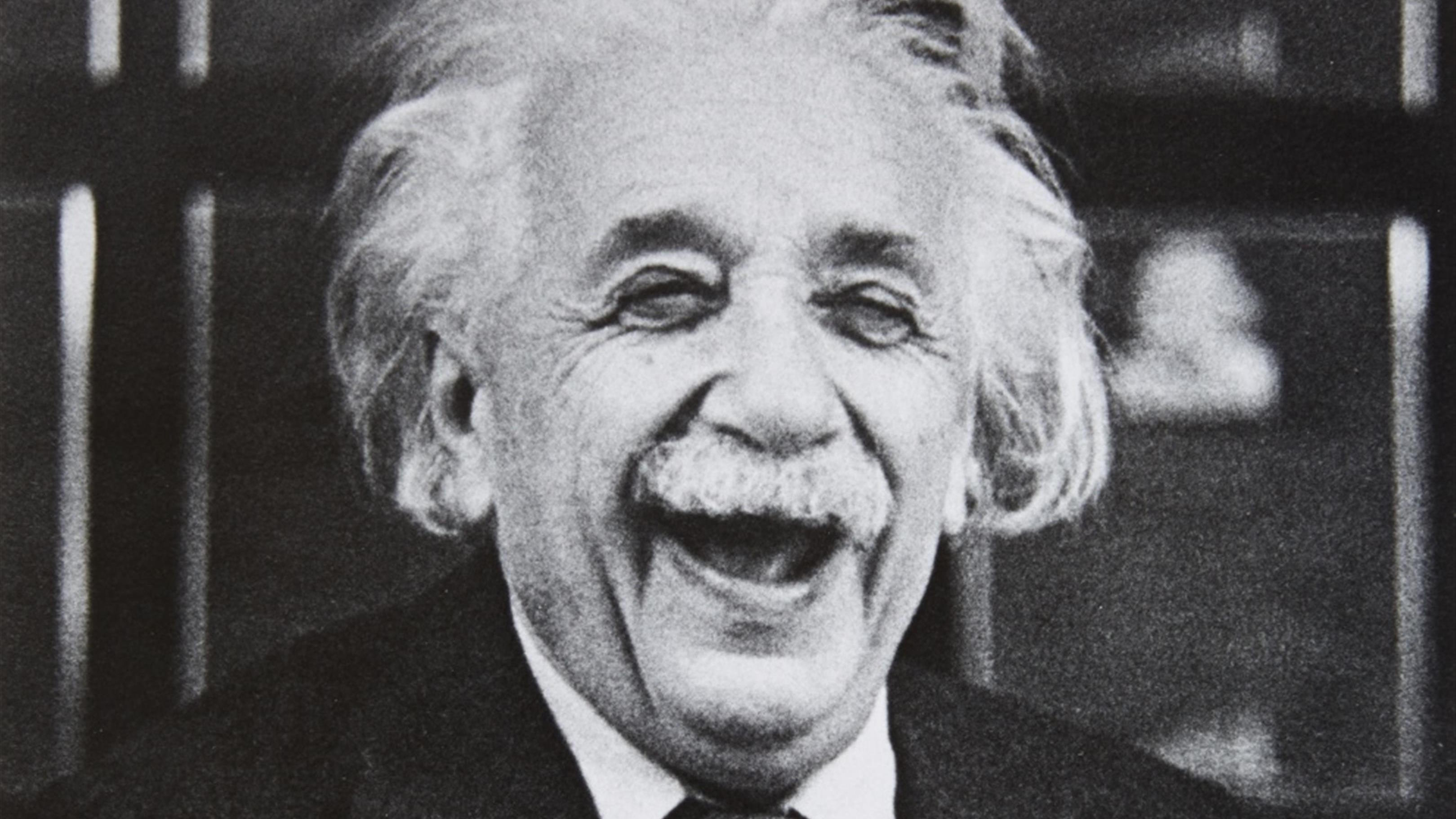5 vital lessons scientists learn that can better everyone’s life

Science may be one of the most complex human endeavors, but the lessons it teaches can be applied far outside of science.
“I much prefer the sharpest criticism of a single intelligent man to the thoughtless approval of the masses.” –Johannes Kepler
Scientific breakthroughs may be rare, but they never take place in an intellectual vacuum. Newton’s recognition that he was standing on the shoulders of giants has never been more true than it is today, where the titans of the past have laid the foundations for our vantage point today. Yet the history of science isn’t merely a simple line filled with forward progress, but a meandering set of paths that intersects, loops back, dead-ends and more. Every once in a while, a new trip down a path leads you to a brand new destination, and if you can understand where you are and how you got there, the reward is a brand new discovery.
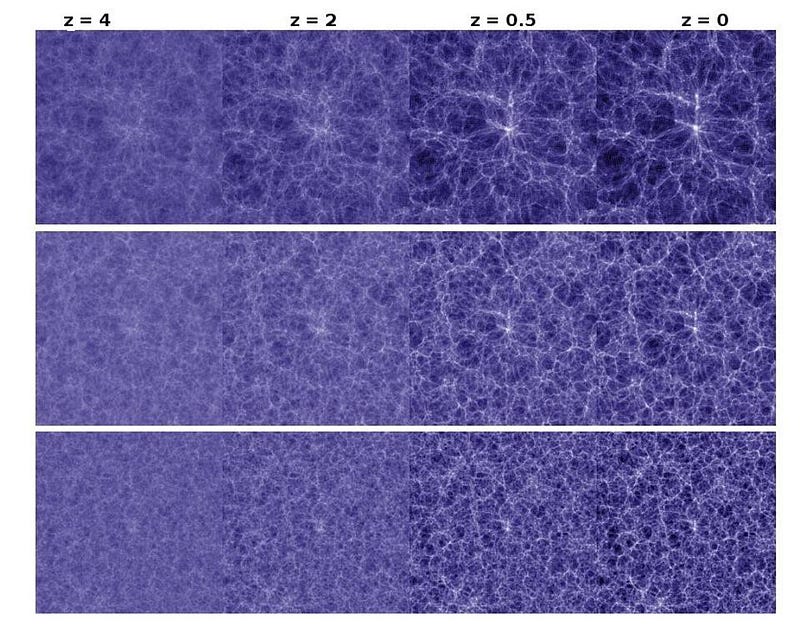
Most of us won’t become scientists, and most of us who do will never have a world-changing discovery of the magnitude of Albert Einstein, Charles Darwin, Barbara McClintock, or Edwin Hubble. But the great advances of the past don’t simply hold lessons for scientists. By looking at how they were made, what confluence of events and false starts happened to make them possible, and how these brilliant (and sometimes very, very lucky) minds put the relevant pieces together, we can learn some very valuable lessons that apply to each of our lives. It doesn’t take a rocket scientist to make use of these five incredibly valuable lessons.
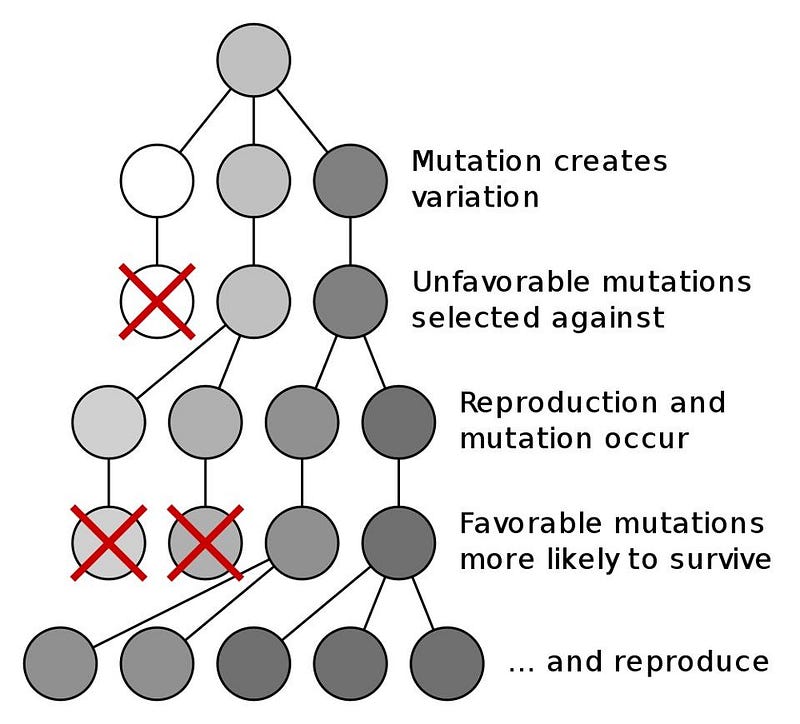
1. Most new ideas turn out to be wrong, but they’re worth pursuing anyway. You mustn’t be ashamed to be wrong. It’s one of the hardest things to learn, particularly in a society that values being right so highly. Yet no one enters into a scientific field knowing how it all works, and even when you know it all as well as anyone living does, good ideas are still a rarity. The fact that living organisms populating this planet change over time is obvious, but the mechanism of those changes was hotly debated for centuries, and there are still debates about the finer points of those mechanisms today.
But the most important thing that allowed Darwin to uncover his mechanism about biodiversity, mutation, and natural selection was the evidence and ideas that came before and concurrently with his own. The works of Georges Cuvier, Jean-Baptiste Lamarck, Alfred Wallace and others were all well-known and influential, and put forth testable hypotheses for mechanisms by which evolution could work. Through the evidence gathered in the Galapagos islands, Darwin’s (and Wallace’s) ideas emerged as the leading theory, but without the work of the other brilliant scientists whose ideas turned out to be wrong, evolution as we know it might never be this well understood.

2. Setting up the problem correctly is often harder than solving it. When you solve a math problem in school, you often simply need to know the arithmetic, algebraic or geometric steps to arriving at the solution. But in the real world, systems are messy and complex. Being able to plow your way through the problem is the easy part, but being able to winnow away the irrelevant parts of the problem to the key contributing factors is the hard part. If we wanted to know how gravitation affects the Earth exactly, we would need to know the positions and masses of every particle in the Universe to do that calculation, and then compute the gravitational attraction between all of them. It’s an absurd notion, as it would require a computer as powerful as the Universe itself. In other words, arriving at an exact solution is practically impossible.
But by modeling the Earth as a single object of its measured mass and volume, and the other relevant masses — the Sun, the planets, the Moon, the galaxy, the rest of the Universe — as appropriate, we can arrive at a solution very easily. The key is not brute-forcing your way to a solution, but to identify the relevant contributors to whatever aspect you’re trying to measure and leaving the rest behind. For tides, we need only the Moon, the Sun, and the Earth’s oceans; for the Earth’s motion around the Sun we need general relativity and all of the planets as well; for Earth’s motion through the Universe we need the Sun, the galaxy and the local group’s velocity. Setting up the problem is the hard part. Once you understand how to do so, arriving at a practical solution is possible.
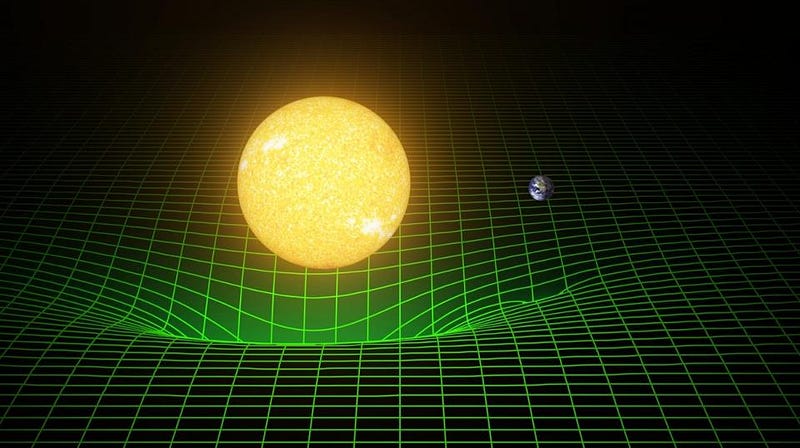
3. Making a big advance usually requires challenging your assumptions. Newton’s law of gravitation was the undisputed law governing the Universe for centuries at the time Einstein came along. Yet it was Einstein’s ability to imagine a “what if” Universe where Newton’s gravity was fundamentally wrong, and only an approximation of the actual Universe. Many models of alternative gravity had been put forth and tried over the years, only to fall by the wayside as Newton emerged triumphant. But mathematical alternatives to flat, three-dimensional Euclidean space existed, and the well-accepted fact that the Universe was this way remained an unproven assumption.
By treating spacetime as a four-dimensional fabric, one that was distorted by the presence of matter and energy, Einstein — with help from a number of mathematicians and other physicists — was able to arrive at General Relativity. In order to do so, he had to throw out a number of unspoken assumptions: that space was fixed and absolute, that time ticked by at the same rate for everyone, that clocks in different locations could ever be perfectly synchronized. Unless you study General Relativity yourself, you rarely hear of scientists like Hermann Minkowski, Simon Newcomb, Hendrik Lorentz, Bernhard Riemann, Marcel Grossman or Henri Poincare, yet all of them made incredible contributions towards getting Einstein to overcome these Newtonian assumptions. In doing so, he revolutionized our picture of the Universe.
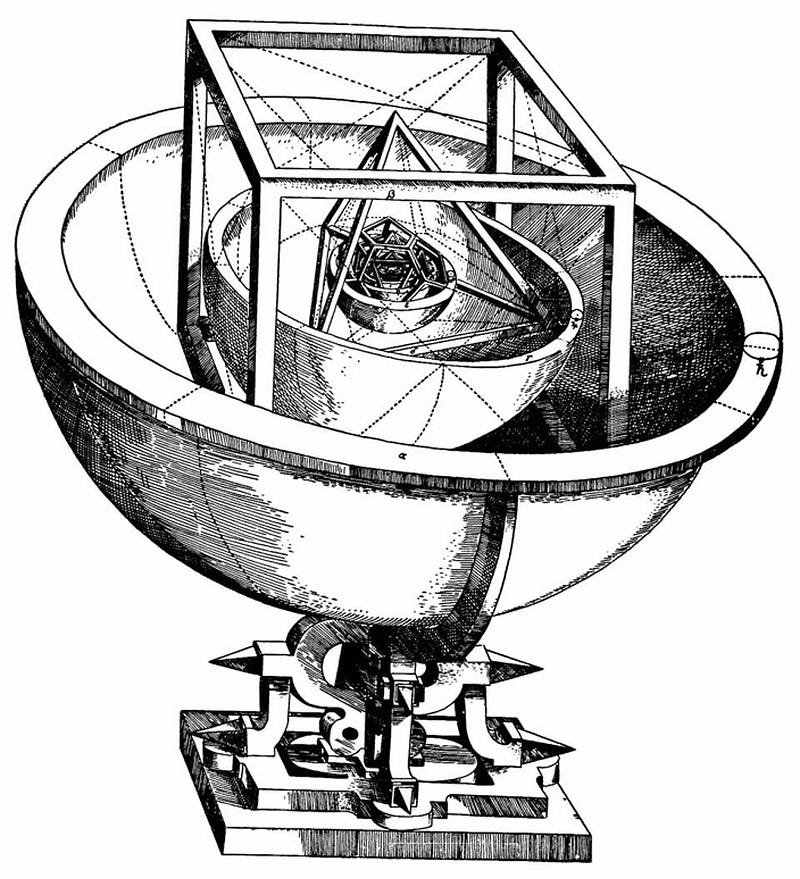
4. Following your intuition will never get you as far as doing the math will. Coming up with a beautiful, powerful and compelling theory is the dream of many scientists worldwide, and has been for as long as there have been scientists. When Copernicus put forth his heliocentric model, it was attractive to many, but his circular orbits couldn’t explain the observations of the planets as well as Ptolemy’s epicycles — ugly as they were — did. Some 50 years later, Johannes Kepler built upon Copernicus’ idea and put forth his Mysterium Cosmographicum: a series of nested spheres whose ratios could explain the orbits of the planets. Except, the data didn’t fit right. When he did the math, the numbers didn’t add up.
But what did add up to the numbers was using ellipses instead of circles. The fact that Kepler actually did the math, threw away his idea of circles, nested spheres and perfect geometry to replace them with “ugly” but better-fitting ellipses lead to the laws of planetary motion that match our present understanding. Kepler’s three laws are still widely-used today, and helped give rise to Newton’s law of gravitation. None of this would have happened if he hadn’t done the quantitative work — the math — and followed where it led.
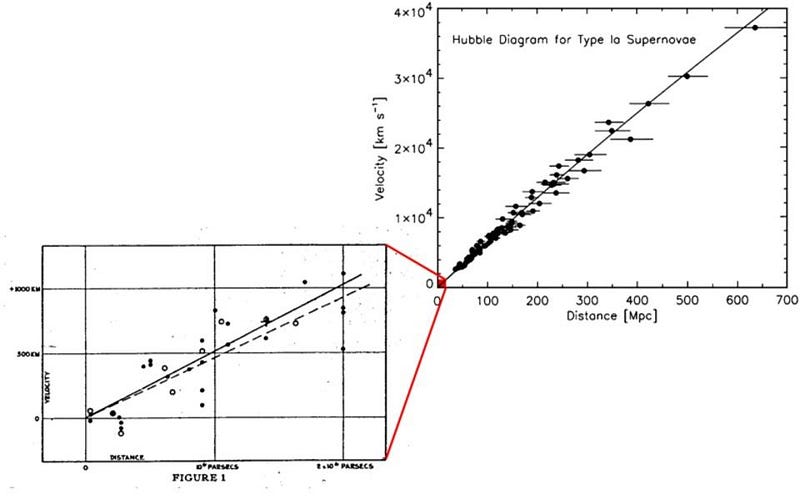
5. You’ll never know whether there’s a better way of doing something unless you put it to the test. In the early 1920s, people assumed that the Universe was static. After all, it doesn’t appear to expand or contract; it appears to remain the same over time. Scientists like Alexander Friedmann and Georges Lemaître had come up with theoretical models within General Relativity where the Universe expanded, but Einstein — a static Universe fan — remained unmoved, even telling Lemaitre, “Your calculations are correct, but your physics is atrocious.” But the only way to know is to put it to the test.
Only when Hubble discovered the distance to the galaxies, and added in the measurements of their speeds could that actually be tested. With the release of his 1929 data — and the subsequent theoretical work of Howard Percy Robertson — did the expanding Universe (and Hubble’s Law) come into fashion. It was a critical test, and one that was so successful that the expanding Universe remains a paragon of theoretical and observational successes even today.
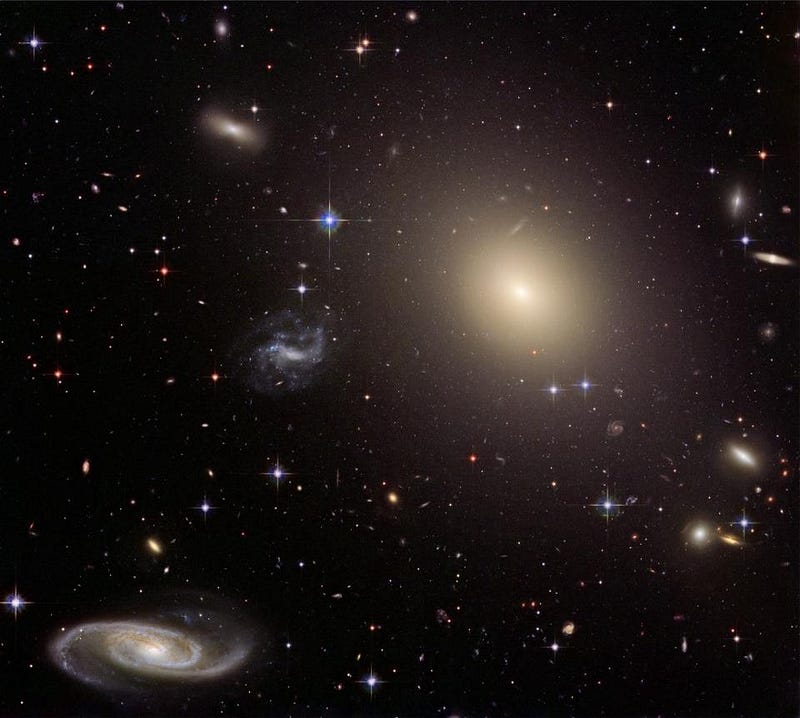
While most of us will never achieve such wondrous scientific breakthroughs, there’s no reason why we can’t be successful in these same five arenas in all aspects of our lives. Failing at something, having a bad idea or simply being wrong aren’t negatives; they’re simply necessary steps along the path to success, either for yourself or for those traveling with you. Solving a problem is something that can only happen once it’s been formulated properly, and taking steps towards that correct formulation is valuable in and of itself. Identifying and challenging your assumptions can often be instrumental in making a big advance; the world may not need to work in the way we presently conceive it to. You must always do the math if you want to know for sure; trusting your intuition too much is a recipe for disaster. And there’s no excuse for not confronting even the most sacredly-held ideas you have with the data that the Universe and the world provides.
You don’t need to be a scientist to appreciate these scientific lessons. Indeed, learning them is the only way to stave off the ignorance that threatens us, or even recognize it where it exists.
This post first appeared at Forbes, and is brought to you ad-free by our Patreon supporters. Comment on our forum, & buy our first book: Beyond The Galaxy!



